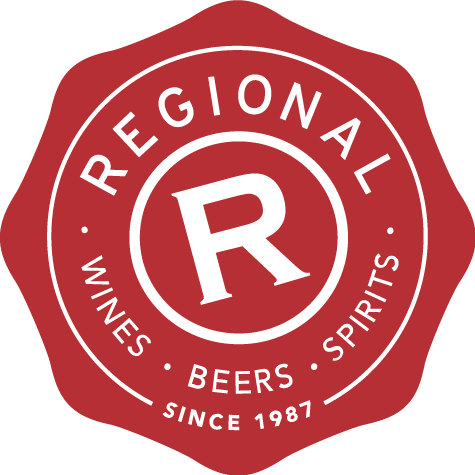North Canterbury’s Pinot peaks
Long hot summers are the stuff of childhood dreams and great vintages – and the best wines from the Waipara Valley gain their great flavours from these conditions during the long and languid days of autumn each year.
The Waipara Valley is the heart of North Canterbury. It’s the fourth biggest wine region in New Zealand. This is significant, in terms of the ratio of vines planted, but it still pales in comparison with Marlborough, as the latest statistics from New Zealand Winegrowers show, below.
Our wine of the week comes from here…
2015 Crater Rim Pinot Noir, usually $21.99- on special this week for $19.99
Crater Rim winemaker Hayden Good uses grapes grown purely in the Waipara Valley to make this powerfully savoury Pinot Noir with its flavours of dried mushrooms, ripe cherries and its silky, smooth, long finish.
This wine was matured for 13 months in French oak. It was bottled unfined and unfiltered.
Here’s a snapshot of New Zealand vineyard statistics…
New Zealand has 37,969 hectares of producing grapevines
Marlborough is the biggest region with 26,007 hectares of producing vines
Hawke’s Bay has 4,681
Central Otago has 1,904
North Canterbury has 1,475
And so it trickles down to smaller regions, which are another equally important story for another day.
Now the stats are out there, we can focus on why the Waipara region now dominates all vineyard plantings in Canterbury, namely because, it is warmer, sunnier, drier and more sheltered than its coastal position might suggest.
The heart of North Canterbury is Waipara Valley because, while it is only nine kilometres from the coast, it’s a world away from strong coastal breezes, thanks to shelter provided by the Teviotdale Hills. These create a kind of heat basin in this beautiful valley and its sloping hillsides are a combination of limestone and clay soils, while the valley floor has alluvial stony soils on the banks of the Waipara River. These three main soil types offer a vast range of options for winemakers and all with warmer weather conditions than the heavier clay soils of the Canterbury Plains, where wine began in the overall region.
North Canterbury’s heat and rainfall are closely aligned with Marlborough throughout the main grape growing season – from October to April each year. But this more southern region has a far more pronounced day-night temperature variation. This is called its diurnal range. It would be colder all round, if it wasn’t for the protection of the Teviotdale Hills, which provide shelter, but wind remains the main weather condition for winemakers here to contend with. The region’s famous north westerly wind (colloquially known as the nor’ wester) is hot, dry and often responsible for drying the region’s soils out so much that it rips off plenty of topsoil each year.
Still, them’s the breaks when you’re blessed with some of this country’s most talented and experienced winemakers and wine thinkers, such as Hayden Good from Crater Rim.
Pop in this week to taste our exceptional wine of the week – 2015 Crater Rim Pinot Noir – a bargain buy at $19.99.
